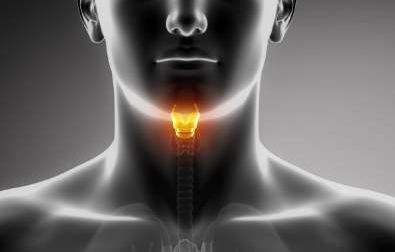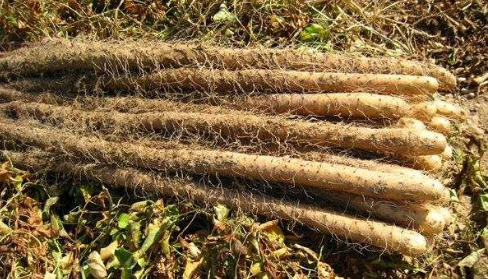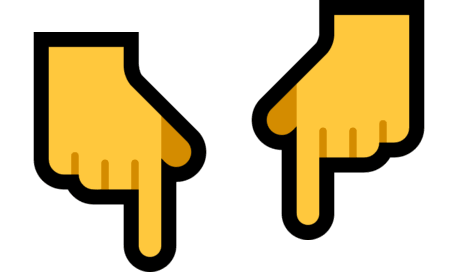Excess phlegm in autumn can lead to various ailments. According to traditional Chinese medicine (TCM), phlegm can be categorized into four types, and targeted treatment is essential for eliminating phlegm and dampness.
As autumn arrives, many people experience symptoms of cough and phlegm. TCM states that “all diseases arise from phlegm.” When phlegm accumulates in the body, various minor ailments can occur. Today, we will discuss the issue of excess phlegm in autumn and teach you the correct methods to transform phlegm and eliminate dampness.

Excess phlegm in autumn can lead to various ailments! TCM offers advice: phlegm is divided into four types, and targeted treatment is necessary to eliminate phlegm and dampness.
Phlegm can be categorized into tangible phlegm and intangible phlegm. Tangible phlegm is easily understood; it is the phlegm that is coughed up. Intangible phlegm is more complex, referring to various phlegm fluids present in the body’s meridians, organs, and five viscera. When phlegm accumulates in the body, individuals may feel fatigued, weak in the limbs, and phlegm dampness can linger, harming the health of the spleen and stomach.
Causes of Excess Phlegm
1: Qi Stagnation Leading to Phlegm
TCM believes that the human body is composed of qi, blood, meridians, and organs. Qi promotes the flow of blood; if phlegm and qi are stagnant, it can manifest as localized swelling, with symptoms resembling sarcoma. Patients often present with a pale tongue with a white coating and a slippery pulse.

Excess phlegm in autumn can lead to various ailments! TCM offers advice: phlegm is divided into four types, and targeted treatment is necessary to eliminate phlegm and dampness.
2: Spleen Qi Deficiency Leading to Phlegm
The spleen governs transportation and transformation, serving as the source of phlegm. If the spleen and stomach are weak, the fluids will not circulate smoothly, leading to phlegm over time. This type of phlegm originates from the spleen and is stored in the lungs, resulting in coughs that expel this phlegm.
Patients with cough and phlegm often use cough medicine to suppress the cough, but it may not be effective because the underlying cause is spleen qi deficiency, and cough medicine targets the lungs, not the source of phlegm in the spleen.
3: Blood Stasis Leading to Phlegm
Blood stasis leading to phlegm means that the flow of blood is slow and obstructed, resulting in phlegm accumulation in the body, also known as blood phlegm. This type of phlegm can be very harmful and may lead to cardiovascular and cerebrovascular diseases.
4: Lung Injury Leading to Phlegm
If a person suffers from an external pathogenic invasion, the lung qi may be damaged, preventing the distribution of fluids, which can also lead to phlegm formation. This type of phlegm resides in the lungs and is expelled during coughing.
Excess phlegm in autumn can lead to various ailments! TCM offers advice: phlegm is divided into four types, and targeted treatment is necessary to eliminate phlegm and dampness.
It is important to note that qi stagnation, blood stasis, and spleen deficiency leading to phlegm can transform into one another. Qi is the commander of blood, and blood is the mother of qi; prolonged qi stagnation can lead to blood stasis, and prolonged blood stasis can cause qi to become stagnant in the body.
Excess phlegm in autumn can lead to various ailments! TCM offers advice: phlegm is divided into four types, and targeted treatment is necessary to eliminate phlegm and dampness.
Identification and Treatment
Cold Phlegm: If the phlegm is white, and the patient feels cold and prefers warmth, with a white tongue coating, it is likely caused by an external cold pathogen. Treatment can include using phlegm-transforming herbs like Platycodon (Jie Geng) while treating wind-cold colds.
Heat Phlegm: If the phlegm is yellow and sticky, and the patient feels hot and prefers coolness, with a red tongue and yellow coating, it is likely phlegm generated from heat. Treatment can include using phlegm-clearing Chinese patent medicines like Qufeng Ling Oral Liquid or Zhi Ke Ju Hong Wan.
Dry Phlegm: If the patient experiences dry mouth and tongue, with phlegm that cannot be expelled, it is classified as dry phlegm. Treatment can include using nourishing yin herbs like Ophiopogon (Mai Dong), drinking plenty of water, and keeping the respiratory tract moist.
Damp Phlegm: If the phlegm is thin, and the patient has a white greasy tongue coating and loose stools, it is classified as damp phlegm. Treatment can include consuming foods that strengthen the spleen and eliminate dampness, such as Job’s Tears (Yi Yi Ren) and Chinese Yam (Shan Yao).

Excess phlegm in autumn can lead to various ailments! TCM offers advice: phlegm is divided into four types, and targeted treatment is necessary to eliminate phlegm and dampness.
For those with excess phlegm, it is important to pay attention to diet in daily life. Avoid greasy and rich foods, focus on a light diet, exercise more, get sunlight, drink plenty of water, and maintain a good mood to address the root cause of excess phlegm.
Remember to follow!
to follow!
Editor Shares Good Articles with Friends
1.Four Chinese Patent Medicines for Gastritis, Ulcers, and Helicobacter Pylori You Must Know
2. Frequent Urination and Nocturia? Prostate Issues at Play! Here’s a Tip to Tackle Prostatitis
3. Always Feeling Anxious or Palpitating? Here Are Two Chinese Herbs to Calm the Mind and Nourish the Heart
4. Is It Better to Drink Saffron in the Morning or Evening? Benefits of Drinking Saffron Tea
Like is a form of encouragement Share to spread joy

